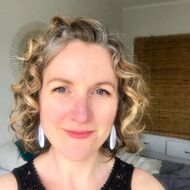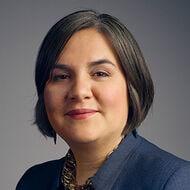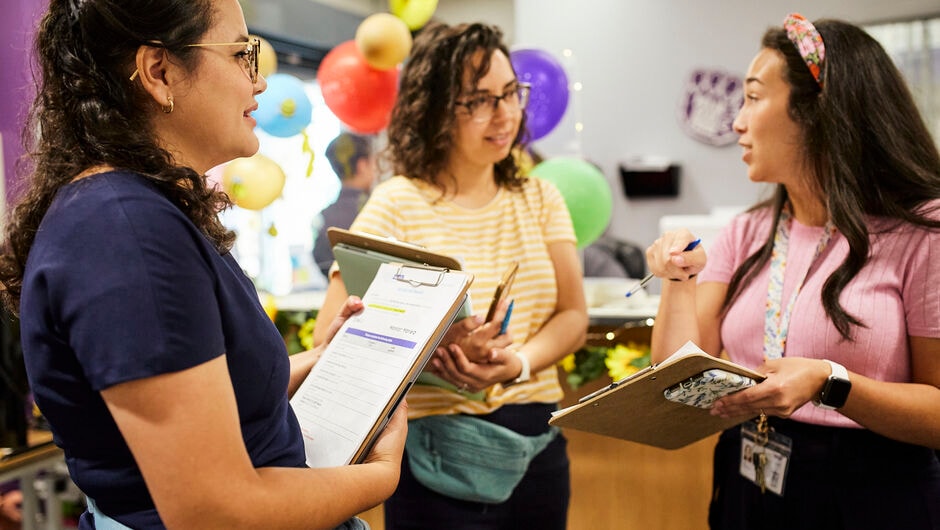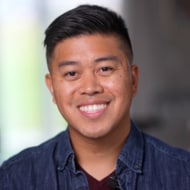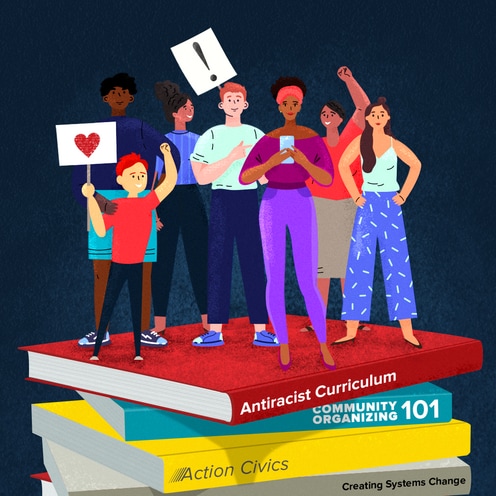
Making Space for Youth Activism
School leaders can respond constructively to youth activism and co-create opportunities for students to become civically engaged.
In the aftermath of the 2018 school shooting at Marjory Stoneman Douglas High School in Parkland, Florida, an estimated 1 million students across the country participated in the National School Walkout, calling for an end to gun violence in schools.
Some schools and districts supported student walkouts, with teachers and administrators joining in. Other districts penalized students with suspension for missing class.
Leaders of Fairfax County Public Schools in Virginia embraced what they saw as a learning opportunity. After hearing input from students and families about the importance of engaging in real-world civic action, the school board implemented a policy in 2020 to allow students in grades 7-12 one excused absence per school year to participate in civic activity outside of school. Students decide how they want to use the day off, such as joining a protest, registering voters, or organizing a community event.
The policy aligns with the district’s “portrait of a graduate,” which is a set of values that prepare students to be engaged citizens, said Bethany Demers, who leads the FCPS student wellness initiatives.
One of those values “is the ethical and global citizen and how we want our students to be able to contribute to society and contribute to solutions,” Demers said. “Giving them that opportunity, even if it's during the school day, fits into what we want our graduates to be doing when they leave.”
The FCPS policy is one example of how school can be a safe space for students to explore ways to take action on real-world issues, engage in civil discourse with the help of supportive adults, take risks, and make their voices heard. It’s also an opportunity for students to learn what it means to be engaged citizens.
“We wouldn't be practicing what we preach if we didn't allow students to have the opportunity to be activists and be engaged in different roles in the community,” Demers said.
“We need our students and adults to be contributing members of the community. And we need people to vote and know that their voice has power.”
Understanding Students’ Right to Speak Out
Fairfax County schools is one of many districts taking student voice seriously and working alongside students to affect change inside and outside of the school building. Students at Cherry Hill High School East in New Jersey organized a campaign advocating for a yearlong class on African American history, and in February, the local school board voted to become the first district in the state to require the course for graduation.
In other cities including Minneapolis, Seattle, and Madison, students protested and testified at school board meetings to eliminate school resource officers in the wake of George Floyd’s murder. Last summer, students in Chicago spoke up to school administrators about the need to better support students from marginalized backgrounds, which led to student-led antiracism training and discussions with district staff on how to improve school culture. And as of July 1, middle and high school students in Virginia can get an excused absence for civic engagement—a move inspired by the Fairfax County schools policy—thanks to the advocacy efforts of bipartisan student groups.
Even without formal policies, students’ constitutional rights to free speech do not stop at the schoolhouse door.
The U.S. Supreme Court made that ruling in the 1969 case Tinker v. Des Moines after students were suspended for wearing black armbands to school to protest the Vietnam War. The law protects students’ rights to speak out while in the school building such as circulating a petition, handing out flyers, and wearing clothing with provocative or political statements—as long as those activities don’t cause a “material disruption” to the school’s functioning. However, what is considered disruptive is open to interpretation and may vary among schools and districts.
When it comes to walkouts and protests that involve missing class, students may face discipline depending on their district’s policies for unexcused absences, according to the American Civil Liberties Union. However, a school cannot provide harsher consequences because of a students’ political views and the content of their protest.
In addition to helping students understand their rights and the school’s policies, school administrators can respond constructively to student activism by supporting students’ individual and collective learning around citizenship, without engaging in viewpoint discrimination, said Meira Levinson, professor of education at the Harvard Graduate School of Education and the author of "No Citizen Left Behind." Teachers and administrators can acknowledge students’ calls for action and set some parameters for working together and engaging in productive conversation, she said. That could mean helping students understand policies around absences and grading if their activism causes them to miss class, or helping students understand the social and emotional risks of speaking out, as well as how to persevere through roadblocks while prioritizing safety.
“If there can be a culture of collaboration, that can be huge because it’s an opportunity for kids to learn how to deal with those who are in power,” Levinson said. “It’s supporting students’ capacities and their rights and their efforts to foster their own collective learning around citizenship.”
That’s how student activists Christine Rong and Seva Raman have spent the last year, collaborating with leaders at Houston Independent School District to learn how to make meaningful changes to the curriculum. After the murder of George Floyd, Rong and Raman launched a local chapter of Diversify Our Narrative with the goal of incorporating more texts authored by people of color in English classes.
Raman and Rong, both students at Kinder High School for the Performing Arts, have met with the district’s curriculum directors who offered advice on where to find diverse texts online and how to make a strong presentation to the school board about their campaign. They started a statewide petition that has received more than 1,000 signatures from students, families, and HISD alumni. They have also begun meeting with school board members to discuss next steps.
District leadership and school board members have been supportive of their efforts, said Raman, who is a rising senior. They’ve also been honest about the challenges, such as obtaining funding for new books and navigating the bureaucracy within the Texas education system, she said.
“They actually wanted to meet with us and we were able to share what we were advocating for,” Raman said. “They all really had great advice and feedback of course, because they're the people who represent us in our district.”
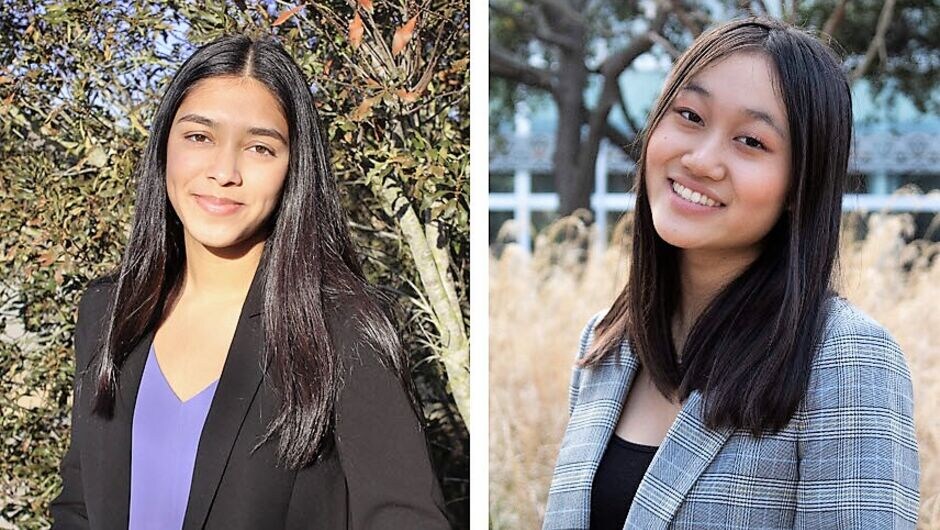
Navigating Pushback to Student Activism
Not everyone is on board with supporting student activism and political expression in school—often out of concern for students’ safety, or due to fears of disrupting the school environment.
In 2016, students from Portland Public Schools in Oregon organized a walkout to protest the school board’s decision to postpone a bond that would pay for renovations to fix hazardous school building conditions. Students from more affluent schools were allowed to participate, but administrators at Benson High School, which serves primarily students of color from low-income families, ordered a school lockdown. The move was primarily intended to keep student protestors from other schools from flooding into the Benson High building, the district’s spokesperson told reporters. However, Benson High students perceived the action as an attempt to block their participation.
And this spring, two boys in Ardmore, Oklahoma, were removed from their elementary school classrooms for wearing Black Lives Matter T-shirts. The district superintendent told a local newspaper that the shirts could be disruptive.
School administrators’ responses to youth activism can vary along a spectrum, said Ben Kirshner, a professor of learning sciences and human development at the University of Colorado Boulder, and author of "Youth Activism in an Era of Education Inequality."
Counterproductive responses include being outwardly hostile, discriminating against activism from marginalized student groups, or appearing supportive but not taking students’ concerns seriously, Kirshner said.
“A common response, which is better than the hostile one but still not great, is to invite youth voice but treat it as a performance or a spectacle and not something that school leaders ought to be listening to as they make decisions,” Kirshner said.
Kirshner encourages educators to lead with empathy, ask questions, and practice careful listening, even if they don’t agree with students’ views or have all the answers.
“I think it's refreshing when students encounter a school leader who's actually willing to dialog with them and be transparent about what the limits are on their decision making; who will engage with them and give feedback,” Kirshner said.
Responding to student activism is complex, and there are myriad reasons why school administrators may feel reticent about supporting youth activists, depending on the context. In some cases, school leaders may not agree with the kinds of activism that students are pushing or feel that students’ actions go against school policies. School leaders often have legitimate concerns about students’ safety, and some believe students’ politics don’t belong in the classroom.
It gets complicated really fast, said Levinson, who also co-founded Youth in Front, a professional development resource developed by educators and youth activists to help educators support youth activism. “If you are a teacher or a school principal or a school superintendent trying to figure out how to navigate providing empowering civic education to kids, part of what you're trying to do is to stand up for what should be universal civic values,” she said.
“But there's real disagreement over what those civic values are or how they're enacted and when they're actually violated.”
So what should be done if school leaders push back against student activism or try to quell it?
The founders of Youth in Front suggest students and teachers can identify and collaborate with supportive allies at their school who also value student voice. Youth activists can focus on presenting the facts about the issue in question to help build others’ understanding and be persistent in bringing others along.
Creating space for youth and adults to have complex, nuanced discussions across lines of differences is difficult, but important work, Levinson said. “It's going to be really hard. It's going to be messy. But lots of things are hard and messy in schools that we do.”
“I really appreciate having a project where it's actually making a difference, here and right now.”
Nurturing Civic Engagement in the Classroom
Supporting youth activism in school doesn’t always have to be reactionary. Schools can also proactively nurture youth activism and civic engagement in the classroom.
Kirshner, who began his career in youth development, and researchers at the University of Colorado and Rowan University have spent the last decade designing and piloting a Critical Civic Inquiry curriculum in Colorado schools. Participating students choose an issue to examine, research root causes and solutions, and present policy proposals to decision-makers.
In one class project, Denver-area middle school students researched the issue of citizenship and tuition equity, and they wrote letters to state legislators to support a 2012 bill that would offer in-state tuition for undocumented students. While the bill did not pass that year, students convinced school leaders to create a DACA-specific advising program at their school that undocumented students could access without revealing their status.
Prior to the project, there was no discussion at the school about the specific challenges that an undocumented student might face trying to pay college tuition, Kirshner said. “Students did a lot of work at their school to raise the public visibility of this as an issue.”
Class projects focused on civic action can have a far-reaching impact beyond the classroom. At Cleveland High School in Seattle, a lesson on grassroots community activism turned into a student-led project for 10th graders in Tymmony Keegan’s humanities class. After Keegan introduced the concept of mutual aid, in which communities unite to support those who are struggling, her students were eager to get involved and address the challenges their own community is facing during the pandemic. Students surveyed families and learned that they needed basic necessities: toiletries, hygiene products, and household goods.
With Keegan’s support, students organized a mutual aid drive, coordinated logistics, connected with other departments at the school, and raised over $9,000—all done remotely over Zoom, email, and Google Docs. Over the past school year, families stopped by the school twice a month to pick up food and household necessities.
“None of us really knew exactly what we were doing, especially because we're doing it all online,” Keegan said. “But we rode the energy of truth and justice to make it happen.”
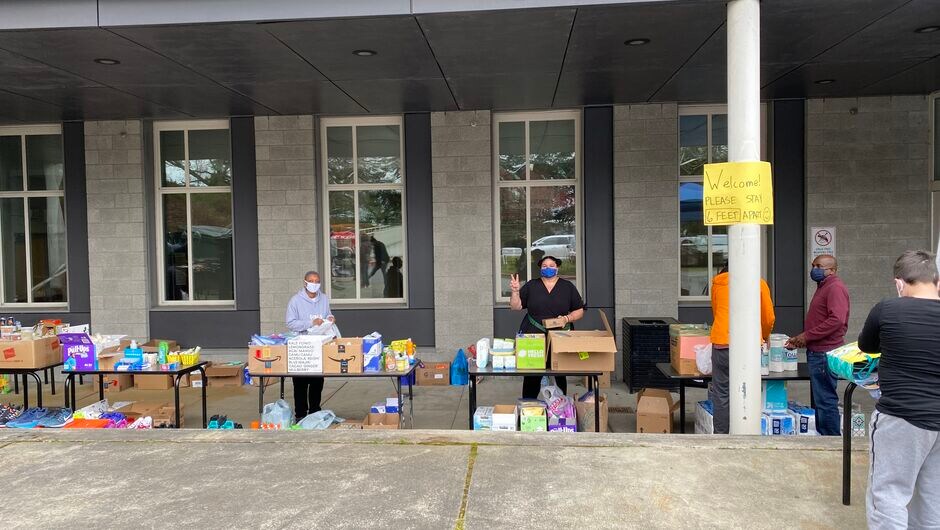
“If you see a need in your community, you have the ability to fill it, and you don't necessarily need any plan ahead of time,” Keegan said. “You can build something as you're going and it can be really special.”
Tuyetlam Thai, a sophomore in Keegan’s class, led the planning for distribution day. In the past, Thai said, she has worked on class civics projects that involved hypothetical scenarios and didn’t feel “real.” This project was different.
“I really appreciate having a project where it's actually making a difference, here and right now,” she said.
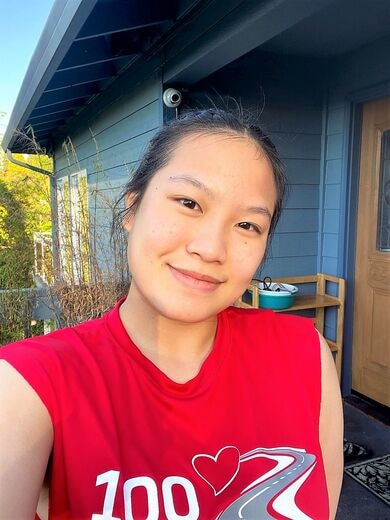
Levinson refers to this kind of learning as “action civics,” where students learn by channeling their interests and activism into tangible outcomes. It’s a shift in the way civics is traditionally taught, she said.
“With civics, we almost never have kids actually do the thing of citizenship. Instead, we teach them about how other people do citizenship, and that's not particularly engaging,” Levinson said.
Education is about giving students the skills they need for the future, beyond math and reading, said Thai, who hopes the mutual aid project she worked on this year will create a ripple effect and inspire other students at Cleveland High School to take action.
“Students may be young, but we definitely have visions for our future,” Thai said. “I personally would like to see more of us using what we learn to turn our visions into reality.
“This project gives me a little bit of hope. It might seem small right now, but eventually, we'll be able to make a really big difference.”
We want to hear your opinions! To submit an idea for an Opinion piece or offer feedback on this story, visit our Suggestion Box.
Sign up to receive articles like this in your inbox!
Thanks for signing up!
Content is loading...


